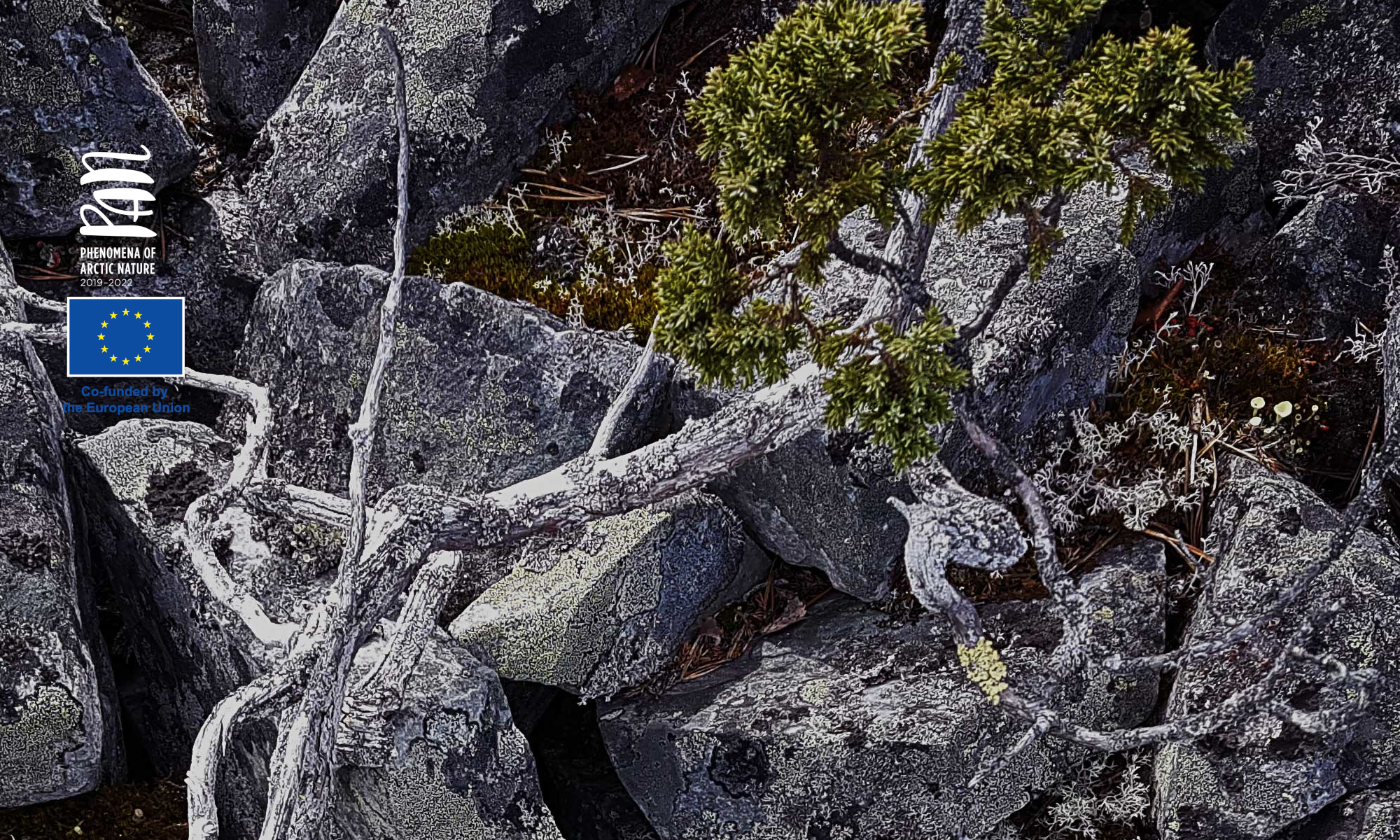Introduction to Operating Environment

In the Nature-based Tourism materials, the physical operating environment was discussed from the viewpoints of
- public and protected areas such as national parks, wilderness and hiking areas
- various nature environments such as forests, water areas, swamps, mountains and hills, and countryside
- phenomena of Arctic nature.
However, a business offering nature-based tourism products needs to include in the operating environment analysis all the factors which affect it from the outside.
Here you can see the operating environment of Visit Ranua (MAKKE 2019). For example, Coggle or Canva are simple, free tools for visualising the OE.

Task 1: Draw the operating environment of your business in the destination.
Task 2: Fill in the PESTEL analysis (pdf) as well as you can. Do you need more information?
Next, we will discuss physical features, markets and networks as factors of the operating environment.
Sources
García-Rosell, J.-C., Haanpää, M., Kylänen, M. & Markuksela, V. 2007. From Firms to Extended Markets: A Cultural Approach to Tourism Product Development. Tourism: An International Interdisciplinary Journal Vol. 55 (4), 445–459.
MacNulty, P. 2011. Fundamentals and Principles of Tourism Product Development. https://slideplayer.com/slide/6349230/.
MAKKE 2019. Destination Experience Development Model project outcomes. Lapland University of Applied Sciences.
Tbclearning 2014. Internal and External (Macro and Operating) Environments. https://www.slideshare.net/tbclearning/internal-and-external-macro-and-operating-environmentskey.
TEM 2020. Achieving More Together – Sustainable Growth and Renewal in Finnish Tourism Finland’s Tourism Strategy 2019–2028 and Action Plan 2019–2023. PUBLICATIONS OF THE MINISTRY OF ECONOMIC AFFAIRS AND EMPLOYMENT 2020:18 https://julkaisut.valtioneuvosto.fi/bitstream/handle/10024/162136/TEM_2020_18.pdf.
